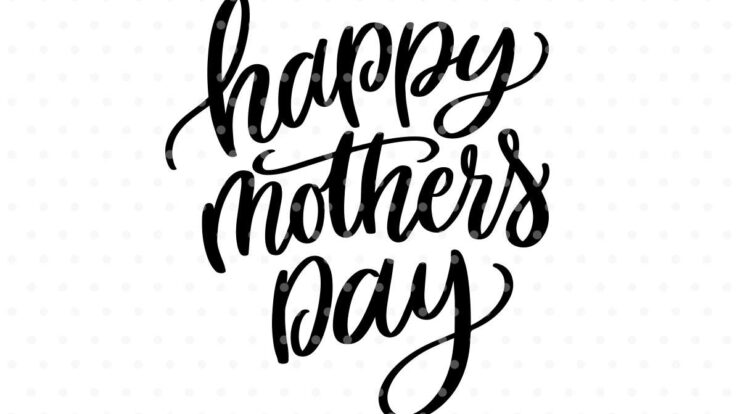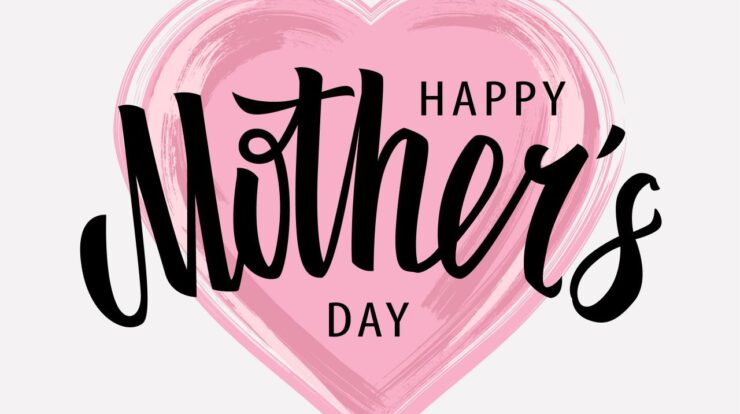
How to live as a villain ch 94 – Welcome to Chapter 94 of our thrilling saga, “How to Live as a Villain.” In this installment, we delve into the twisted psyche of our enigmatic antagonist, unraveling the motivations and consequences that drive their malevolent reign.
Our villain’s journey is a complex tapestry of circumstance and choice. We’ll explore the events that shaped their transformation, the psychological toll of their actions, and the profound impact they have on the story’s narrative.
Analyzing the Villain’s Perspective
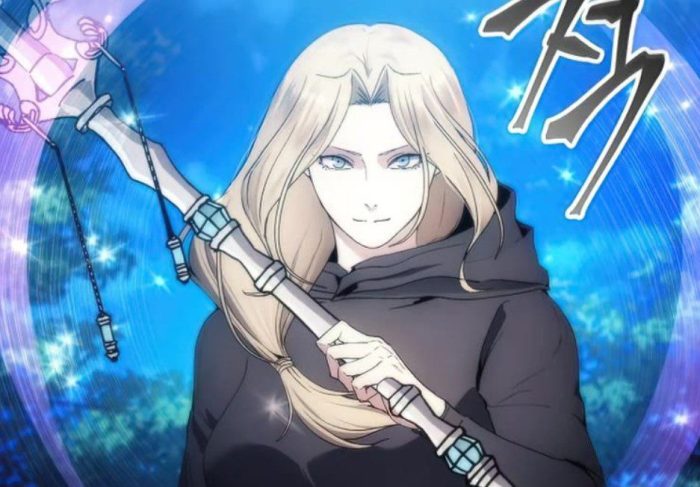
To delve into the psyche of a villain is to venture into a realm where motivations and circumstances intertwine, shaping their transformation and fueling their malevolent actions. Their perspectives, often clouded by personal grievances, distorted beliefs, or a thirst for power, provide a complex and often intriguing lens through which we can examine the human condition.
Circumstances and Events
The journey to villainy is seldom straightforward. Villains are often forged in the crucible of adversity, where traumatic experiences, societal rejection, or a profound sense of injustice can plant the seeds of resentment and hatred. These formative events can warp their perceptions, leading them to view the world as a hostile and unforgiving place where only the strongest or most cunning can survive.
Psychological and Emotional Impact
The psychological toll of being a villain is undeniable. Their constant pursuit of power, revenge, or dominance can consume their lives, leaving them isolated and emotionally scarred. The weight of their actions can lead to feelings of guilt, shame, or even self-loathing, creating a perpetual cycle of inner turmoil.
The Villain’s Impact on the Story
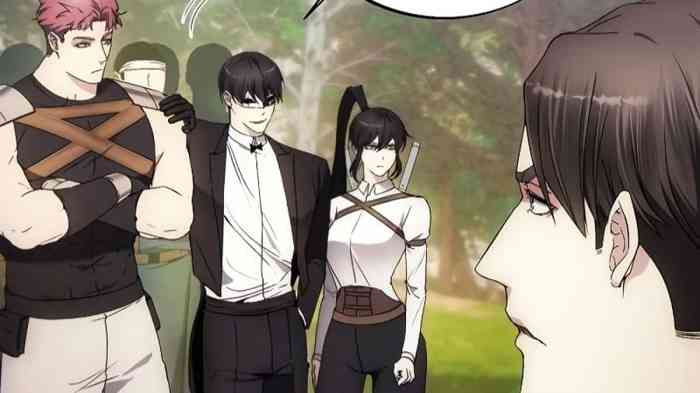
In any compelling narrative, the villain plays a pivotal role in driving the plot, creating conflict, and shaping the overall tone and atmosphere. They are the catalyst that propels the story forward, challenging the protagonist’s values and forcing them to confront their own weaknesses.
Conflict and Plot Progression
The villain serves as the primary antagonist, creating obstacles and challenges that test the protagonist’s resolve. Their actions drive the plot forward, forcing the protagonist to react and adapt. By introducing conflict, the villain creates tension and suspense, keeping readers engaged and invested in the story.
Character Interactions and Influence
The villain’s interactions with other characters can be both direct and indirect. They may manipulate, intimidate, or deceive others to achieve their goals. Their presence can influence the actions and decisions of other characters, shaping the dynamics of the story and creating complex relationships.
You’ve probably heard of how to live as a villain ch 94 , right? I’ve heard so many things about how to live as a villain ch 94. It’s a pretty cool concept. So if you’re into how to live as a villain ch 94, you should definitely check it out.
Tone and Atmosphere
The villain’s presence can significantly impact the tone and atmosphere of the story. They can create a sense of fear, suspense, or dread, or they may introduce elements of humor or irony. Their actions and motivations can shape the overall mood and ambiance of the narrative, immersing readers in the world of the story.
The Hero’s Journey and the Villain’s Role
The dynamic between the hero and the villain is a fundamental element of storytelling. The villain provides an obstacle for the hero to overcome, challenging their beliefs and forcing them to confront their own weaknesses. This conflict is essential for the hero’s growth and development.
The Villain’s Challenge
The villain challenges the hero’s beliefs by presenting a different perspective or set of values. This forces the hero to question their own assumptions and consider alternative ways of thinking. The villain may also tempt the hero with power or other rewards, testing their moral compass and their commitment to their goals.
Confronting Weaknesses
The villain also forces the hero to confront their own weaknesses. By exploiting the hero’s flaws, the villain can create situations that test their limits and reveal their vulnerabilities. This process can be painful for the hero, but it is ultimately necessary for their growth.
As we delve into the intricate world of “How to Live as a Villain” Chapter 94, it’s crucial to address potential health concerns that may arise. If you’re experiencing discomfort in your oral cavity, don’t hesitate to explore proven methods for curing gum disease without seeking professional dental assistance.
Here’s a comprehensive guide that will equip you with the necessary knowledge to alleviate gum disease and maintain optimal oral health. With these valuable tips, you can confidently navigate the challenges of villainy while ensuring your physical well-being.
By overcoming their weaknesses, the hero becomes stronger and more capable.
Contribution to Growth
The villain’s actions contribute to the hero’s growth in several ways. First, they provide a source of conflict and tension, which is essential for any good story. Second, they force the hero to confront their own beliefs and weaknesses, which leads to personal growth.
Finally, they provide a foil for the hero, highlighting their strengths and virtues.
The Villain’s Legacy and Impact: How To Live As A Villain Ch 94
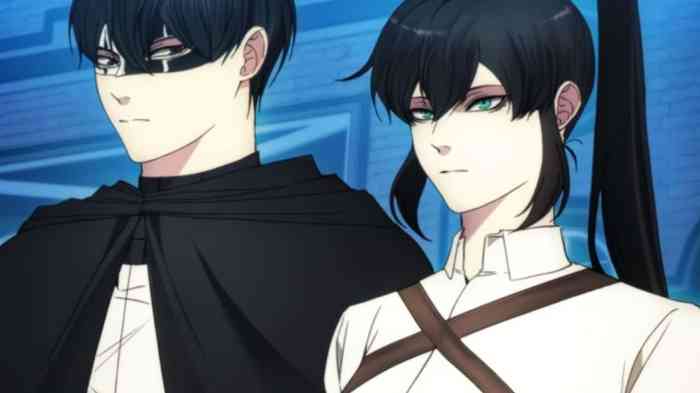
The villain’s legacy and impact on the story world is profound and far-reaching. Their actions shape the future of the characters and the setting, leaving an indelible mark on the narrative.
The Villain’s Role in Conveying the Story’s Themes and Messages
The villain often serves as a foil to the hero, embodying the opposing forces that drive the story’s conflict. Their actions and motivations highlight the central themes of the narrative, such as good versus evil, justice versus injustice, or the consequences of unchecked ambition.
The Villain’s Impact on the Characters
The villain’s actions can have a profound impact on the characters, both heroes and allies. They may force the heroes to confront their own weaknesses, grow stronger, or make difficult choices. The villain’s presence can also drive the characters’ motivations, shaping their actions and decisions throughout the story.
The Villain’s Impact on the Setting
The villain’s actions can also have a lasting impact on the setting of the story. They may destroy or alter the environment, leaving a physical scar on the world. Their actions may also have social or political consequences, shaping the way that characters interact with each other and with the world around them.
Crafting a Compelling Villain

Creating a memorable and effective villain is crucial for any compelling story. A well-developed villain can drive the plot, challenge the hero, and leave a lasting impression on the audience.
Being a villain is not as easy as it looks. There are a lot of things to consider, like how to stay hidden, how to avoid getting caught, and how to deal with the consequences of your actions. But if you’re up for the challenge, then check out how to live as a villain ch 94 for some helpful tips.
To craft a compelling villain, it’s essential to focus on their backstory and motivation. A clear understanding of what drives the villain’s actions and desires will make them more relatable and sympathetic, even if their actions are heinous.
Developing a Clear Backstory and Motivation, How to live as a villain ch 94
- Explore the villain’s past experiences, traumas, and beliefs that have shaped their worldview.
- Consider their goals and aspirations, as well as the obstacles they face in achieving them.
- Understand their fears, vulnerabilities, and insecurities that may drive their actions.
Using Dialogue and Actions to Convey Personality and Goals
- Use dialogue to reveal the villain’s thoughts, beliefs, and motivations.
- Through actions, demonstrate their cunning, ruthlessness, or other defining characteristics.
- Allow the villain’s actions to align with their goals and backstory, creating a cohesive and believable character.
Final Review
As we conclude this chapter, we gain a deeper understanding of the villain’s role in the hero’s journey. Their presence challenges the protagonist’s beliefs, exposes their vulnerabilities, and ultimately contributes to their growth. The villain’s legacy extends beyond the story’s pages, shaping the destiny of characters and themes.
Top FAQs
What is the significance of the villain’s backstory?
The villain’s backstory provides context for their motivations and actions, making them more relatable and complex.
How does the villain interact with other characters?
The villain’s interactions with other characters create conflict, drive the plot, and reveal their influence on the story’s world.
What is the role of the villain in shaping the story’s tone?
The villain’s presence can create suspense, tension, or even humor, depending on their characterization and actions.


